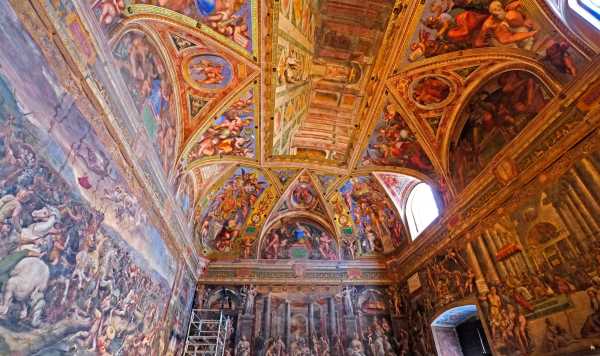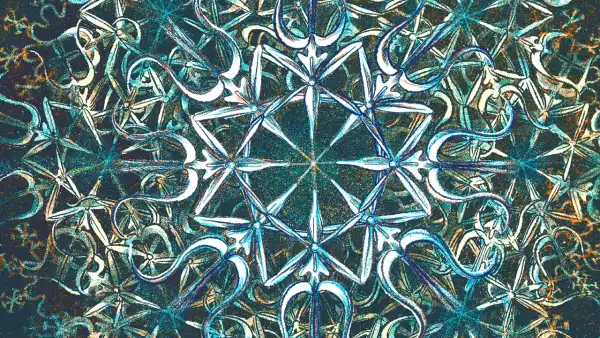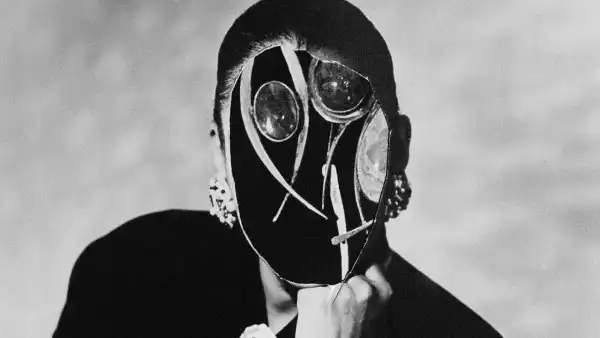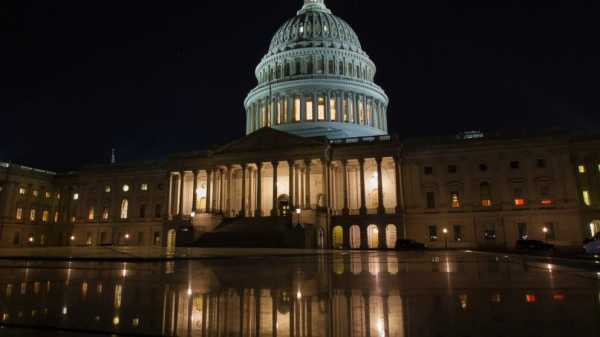An exhibition of Michelangelo's sketches for the Sistine Chapel raises important questions relevant to our historical era.

Credit: Dennis MacDonald/Shutterstock Loading the Elevenlabs Text to Speech AudioNative player…
Michelangelo Buonarroti, by his own account, did not consider himself a great artist, especially in comparison with his contemporaries and pupils such as Caravaggio and Raphael. He wanted to make his mark as a sculptor, his original passion, and is considered perhaps the greatest of them all. He abandoned the Sistine Chapel ceiling three times, ran away twice, was caught and returned twice, and was allegedly punched in the face at least once by Pope Julius II. Visitors are required to observe strict silence for the duration of the limited time, but no coercion is usually necessary; the scale, complexity, and beauty of the project render the tourist silent and humble as he walks through the room, neck straining, head held high, looking up—aware of his mortality in the presence of the divine.
It’s impossible to fully describe how awe-inspiring the Sistine Chapel experience can be, though it can have a different impact depending on your philosophical sensibilities. A woman with an American accent muttered next to me as we left the room about the expense of creating “Bible stories,” a level of utilitarianism that, as a historian, I couldn’t have imagined. The nine frescoes are higher, and the figures become increasingly larger in scale, which some attribute to Michelangelo’s genius for storytelling, from the tiny Creation to the wall covered in the Last Judgement, the greatest fresco ever created by a muse-inspired human hand. A more mundane explanation is that he didn’t initially realize what he was doing. He is said to have painted the first panel close up, stepped down to see that they were barely visible from the floor, and then continued painting each one at a larger size.
Michelangelo: Genesis of the Sistine Chapel is currently on display at the Musée des Arts Mascarell, adjacent to the sprawling William & Mary campus in the former colonial capital of British Virginia, and is open to visitors until the end of May. It features rare sketches and letters on loan from Florence and the Vatican. The exhibition includes a portrait of the artist by one of his “unimaginable” students (whom he dismissed): Michelangelo wears a Mediterranean white turban, a symbol of the upper class, meritocratic synthesis of the post-Crusader Renaissance in Italy. There are also various experimental sketches of torsos in tension, the first signs of science creeping into art, and his letters dealing with everyday discussions of ducats. Even divinely inspired artists are not free from the needs of mortals.
Subscribe Today Get Daily Emails Delivered to Your Inbox Email Address:
For the uninitiated, more explanatory notes are needed for the copy of the Last Judgement. It is difficult to grasp the importance of this painting without a historical basis; perhaps the curators should explain a little more about why the Son of God, tearing apart time and space, is so muscular in the center, or why most of the nude figures in the fresco were later covered up by Michelangelo’s students, or why the flayed, bald Saint Bartholomew (who closely resembles the artist himself) holds his own skin in his hand.
One of the intriguing historical mysteries since the time of Hypatia is whether Athens civilized Jerusalem or
Sourse: theamericanconservative.com






